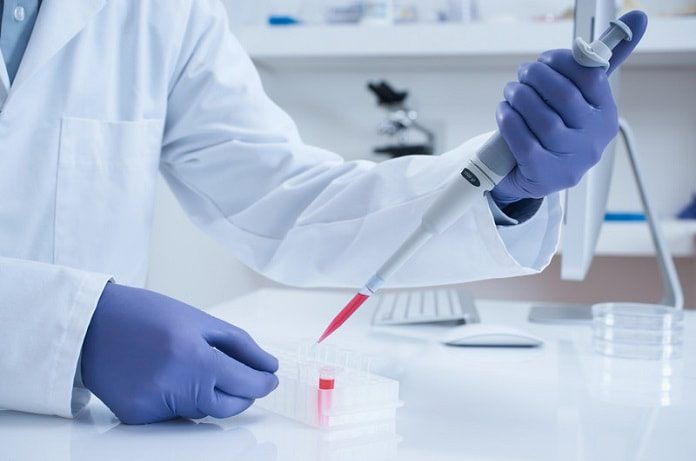For over 20 years autologous hematopoietic stem cell treatment (AHSCT) has been a therapy for autoimmune diseases such as multiple sclerosis, rheumatoid arthritis, and lupus; however, the exact mechanism of action remains unclear.
Recent clinical research has also been exploring the use of stem cell therapy for type 1 diabetes, another autoimmune disease that affects over 422 million individuals globally.
Type 1 diabetes, formerly known as juvenile or insulin-dependent diabetes, is a chronic condition where little or no insulin is produced by the pancreas.
Immune cells attack pancreatic beta cells which produce insulin, leading to inflammation.
Insulin is an essential hormone for energy production as it enables the breakdown of sugars to enter the cells and produce energy. The onset of type 1 diabetes occurs when significant inflammation damages beta cells and results in insufficient maintenance of glucose hemostasis (balance of insulin and glucagon to maintain blood glucose levels).
Therapies currently used in type 1 diabetes treatment include insulin administration, blood glucose monitoring, and screening for common comorbidities and diabetes-related complications.
However, these treatments fail to reduce the damage to a patient’s immune system. The use of autologous hematopoietic stem cells as a potential type 1 diabetes therapy is based upon the ability of the stem cells to “reset” the immune system.
Autologous hematopoietic stem cells are retrieved from a patient’s own bone marrow or peripheral blood (blood that circulates the body and contains red blood cells, white blood cells, and platelets) and after conditioning is injected intravenously.
A recent study by Ye and colleagues published in Stem Cell Research & Therapy (2017) investigated the effects AHSCT had on the immune response in recently diagnosed diabetes type 1 patients.
The study included 18 patients (12-35 years old) with type 1 diabetes who had been diagnosed within less than 6 months.
Of these 18 participants, 10 received a traditional insulin injection as treatment, and eight received AHSCT. An additional 15 patients who matched in age, gender, and BMI of these two groups were enrolled as a control group.
To test the effects of the treatment on immune response, patients’ peripheral blood cells were assessed. Samples were taken before they started treatment and then again 12 months after either the AHSCT or insulin-only therapies were administered.
Before treatment, peripheral blood cell distribution was almost equivalent in the two groups; however, after 12 months a significant difference was observed.
The results of this clinical trial showed that patients receiving AHSCT exhibited significantly reduced development and function of Th1 and Th17 cells (types of T cells that cause inflammation in autoimmune diseases), compared to those only receiving the insulin treatment.
The inhibition of T-cell proliferation and function, along with decreased production of cytokines (pivotal chemical messengers which aid an immune response) observed in patients receiving AHSCT treatment suggests there is a strong link between the therapy and effects on the patient’s immune response.
This may explain why AHSCT results in better therapeutic effects when compared with insulin-only traditional therapy.
The authors note that the small number of participants and the length of the study are the two main limitations. Future clinical studies should include a larger number of patients and long-term follow-up, especially since AHSCT can cause damage to the bone marrow and lead to potentially serious infections.
Progression of type 1 diabetes, as mentioned above, results in unavoidable immune damage from inflammation.
This study suggests the combination of therapies including AHSCT treatment and high-dose immunosuppressive drugs may be a potential new therapeutic approach to type 1 diabetes.
It is hypothesized that this combination has the ability “reset” the immune system and increase the recovery capacity of beta cells.
Further clinical studies are essential though, to shed more light on the mechanism and use of stem cell therapy for type 1 diabetes.
Written By: Lacey Hizartzidis, PhD
Relevant topics that may be of interest to you:
- How do midday naps affect glycemic control in type 2 diabetes?
- Impact of Fruit Consumption on Diabetes Risk
- Weight Loss Surgery vs Medication for Obesity and Type 2 Diabetes
- What are the benefits of ubiquinol supplements for type 2 diabetes?
- Bread-Making Techniques to Lower Your Risk of Diabetes
- Is oatmeal good for diabetics?



